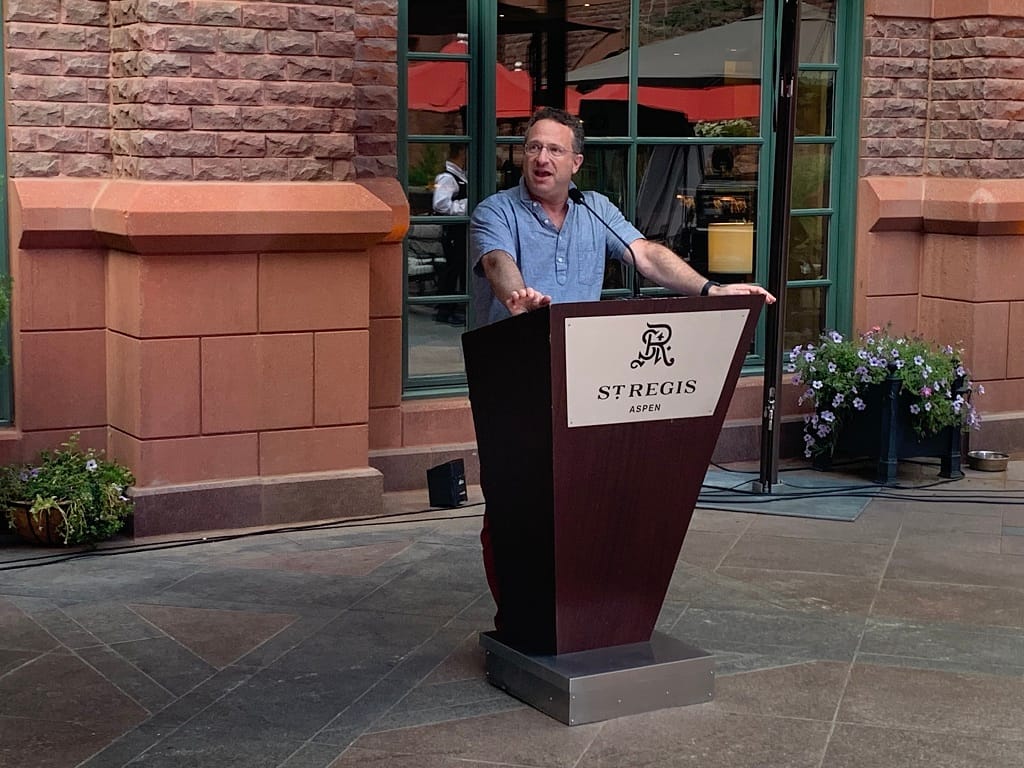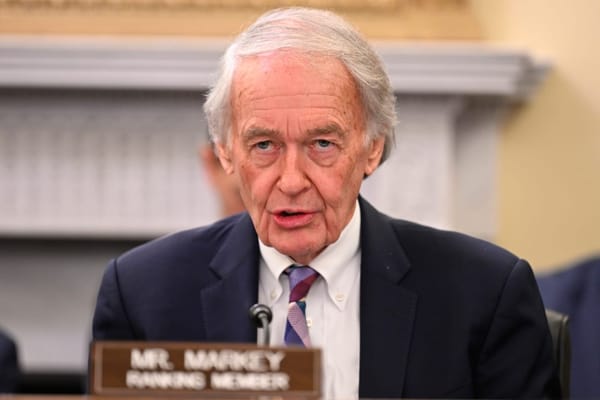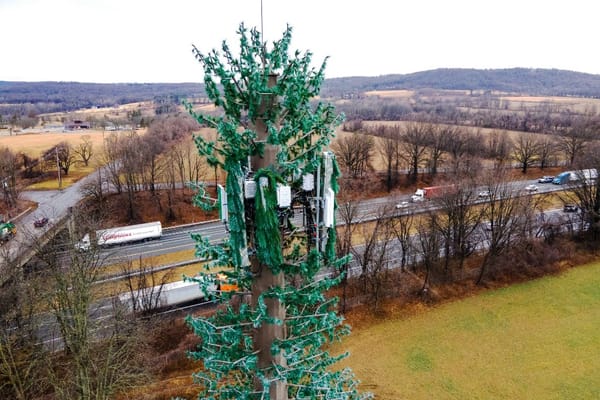Technology Policy Institute Introduces Data Index to Help Identify Connectivity-Deprived Areas
The Broadband Connectivity Index uses multiple datasets to try to get a better understanding of well- and under-connected areas in the U.S.
Ahmad Hathout

WASHINGTON, September 16, 2021 – The Technology Policy Institute introduced Thursday a broadband data index that it said could help policymakers study areas across the country with inadequate connectivity.
The TPI said the Broadband Connectivity Index uses multiple broadband datasets to compare overall connectivity “objectively and consistently across any geographic areas.” It said it will be adding it soon into its TPI Broadband Map.
The BCI uses a “machine learning principal components analysis” to take into account the share of households that can access fixed speeds the federal standard of 25 Megabits per second download and 3 Mbps upload and 100/25 – which is calculated based on the Federal Communications Commission’s Form 477 data with the American Community Survey – while also using download speed data from Ookla, Microsoft data for share of households with 25/3, and the share of households with a broadband subscription, which comes from the American Community Survey.
The BCI has a range of zero to 10, where zero is the worst connected and 10 is the best. It found that Falls Church, Virginia was the county with the highest score with the following characteristic: 99 percent of households have access to at least 100/25, 100 percent of households connect to Microsoft services at 25/3, the average fixed download speed is 243 Mbps in Ookla in the second quarter of this year, and 94 percent of households have a fixed internet connection.
Meanwhile, the worst-connected county is Echols County in Georgia. None of the population has access to a fixed connection of 25/3, which doesn’t include satellite connectivity, three percent connect to Microsoft’s servers at 25/3, the average download speed is 7 Mbps, and only 47 percent of households have an internet connection. It notes that service providers won $3.6 million out of the $9.2-billion Rural Digital Opportunity Fund to provide service in this county.
“Policymakers could use this index to identify areas that require a closer look. Perhaps any county below, say, the fifth percentile, for example, would be places to spend effort trying to understand,” the TPI said.
“We don’t claim that this index is the perfect indicator of connectivity, or even the best one we can create,” TPI added. “In some cases, it might magnify errors, particularly if multiple datasets include errors in the same area.
“We’re still fine-tuning it to reduce error to the extent possible and ensure the index truly captures useful information. Still, this preliminary exercise shows that it is possible to obtain new information on connectivity with existing datasets rather than relying only on future, extremely expensive data.”










Member discussion